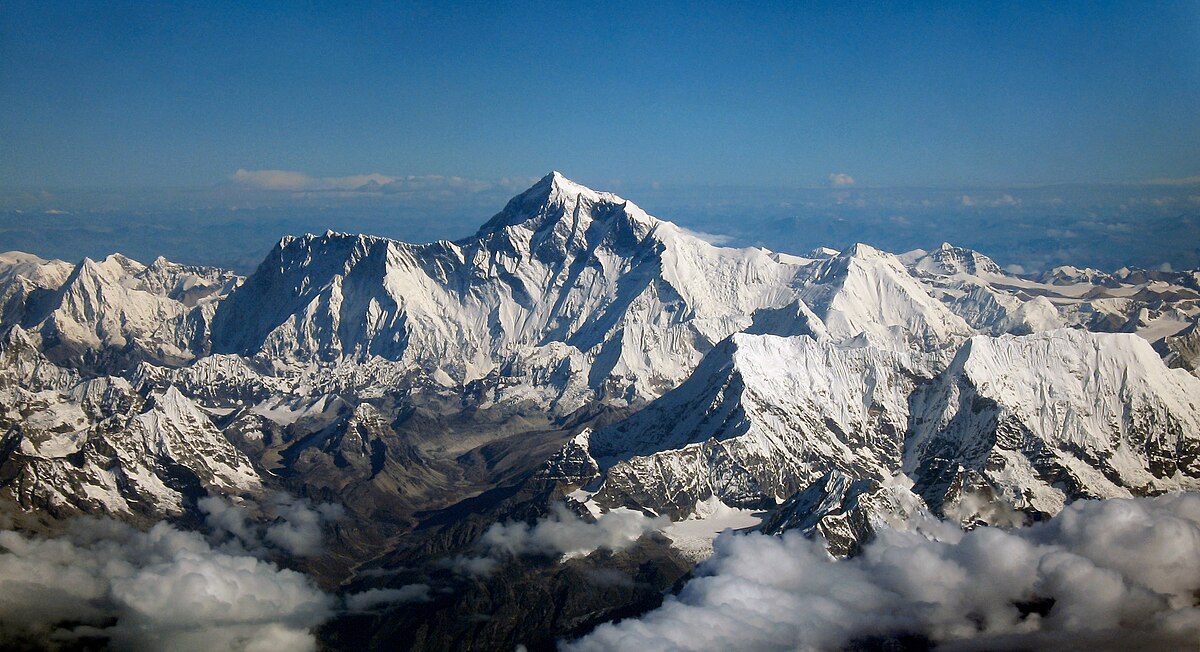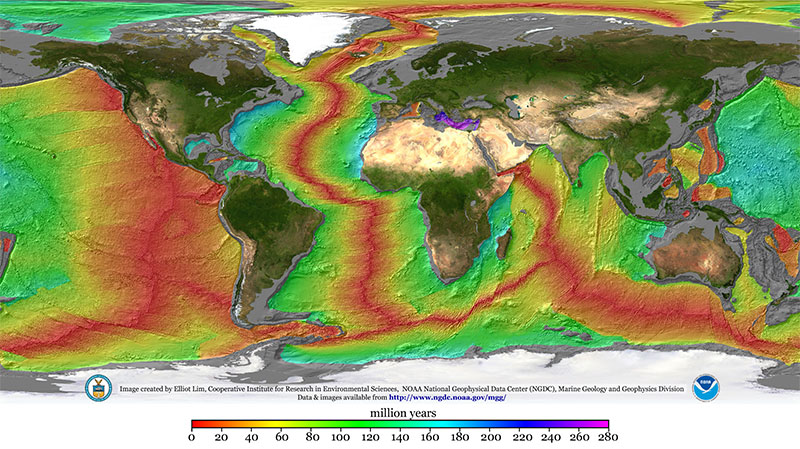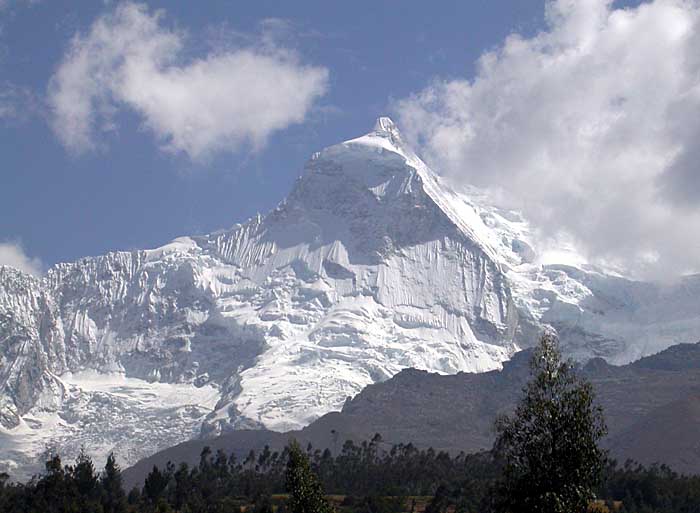
Most people know that the earth is mostly covered by water, but many do not realize that mountains also cover almost 25% of the planet. They are also home to more than 85% of the world’s amphibians, birds, and mammals and provide 60-80% of all freshwater resources for our planet. Mountains provide us with a platform in which we can ski, hike, climb, and many other opportunities to enjoy nature. While mountains may inspire us to seek out adventures, they play a crucial role in affecting the climate and weather patterns worldwide.
Quick Facts:
- Total Mountains in the World: 1,187,049
- Mountains are Classified as being over 1,000 feet high
- Appalachian Mountains: Over 400 million years old (estimated)
- Himalayan Mountains: Over 60 million years old (estimated)
- December 11: International Mountain Day
- 1 Billion People live in Mountains
- Tallest Mountain in the World: Mt. Everest (29,032 feet)
- Tallest Mountain in the Appalachians: Mt. Mitchel (6,684 feet)
- Tallest Mountain in the Rockies: Mt. Elbert (14,440 feet)
- Tallest Mountain in Europe: Mt. Elbrus (18,510 feet)
- Most Snowfall Ever Recorded: Mt. Baker 1998/99 (1,440 inches)
To briefly summarize, there are three different ways that mountains are formed, according to geologists: Volcanic, Fold, and Block.
- Volcanic Mountains are formed when a tectonic plate is pushed below or above another tectonic plate, and magma is forced to the surface. Sometimes the magma does not reach the surface and solidifies below and pushes up the surface of the earth and forms dome mountains. Examples of volcanic mountains are Mount Fuji, Mauna Kea, Navajo Mountain, and Mount St. Helens.
- Fold Mountains are created when two tectonic plates collide at a convergent plate boundary, forcing the lighter crust to rise above the denser crust, creating hills or mountains. The Zagros Mountains, Jura Mountains, and the Himalayas are examples of fold mountains.
- Block Mountains are formed when there are faults in the crust where tectonic plates slide past one another. While the two tectonic plates are moving past one another, one of the plates rises and forms a block mountain. Examples of block mountains are the Vosges Mountains, the East African Rift, and the Sierra Nevada.
The largest mountain range in the world is the Mid-Ocean Ridge which is over 40,389 miles long, with 90% of the range underwater. Mauna Kea, an underwater mountain, is taller than Mt. Everest. It is in the Pacific Ocean, and from its base on the ocean floor to its summit, it is 33,500 feet high, making it 4,468 feet higher than Everest. Mauna Kea is not known as the highest mountain in the world because most of it is located under the ocean’s surface. Only 13,796 feet of Mauna Kea is above sea level.

The most dangerous mountain in the world is Annapurna I, the tenth-highest mountain at 26,545 feet. That is based on the survivability of the climbers who successfully climb the mountain and return safely, which is staggeringly bleak. One dies for every three people who successfully climb and make it down the mountain safely.
Mountain ranges are not only found in cold-climate regions but also in warm and tropical areas. Mt. Huascarán is located in Peru and has an elevation of 22,205 feet, making it the tallest tropical mountain in the world. There are dangers associated with living in mountainous locations, and Mt. Huascarán is no different, with two recent events in the last 60 years. In 1962 there was an avalanche that killed 3,500 people, and in 1970, an earthquake caused landslides and killed tens of thousands of people and was one of the worst natural disasters of the 20th century.

Mountains are beautiful to look at, but few mountains throughout the world are as iconic as the Matterhorn located in Switzerland. The Matterhorn is known worldwide for its pyramid-like shape, rising 14,692 feet above sea level in the Swiss Alps. It draws millions of visitors and thousands of climbers to either take in its beauty or attempt to reach its summit each year.
Mt. Everest in the Himalayas is the tallest mountain in the world, with an elevation of 29,032 feet, and is located in Nepal. It takes about ten weeks to summit Mt. Everest because our bodies need time to adjust to the elevation changes. Mt. Everest is also impossible for helicopters to reach the summit for evacuation due to the low air density, which does not give the propellors enough lift. Kami Rita, a Sherpa guide, has successfully climbed Mt. Everest a record 26 times.